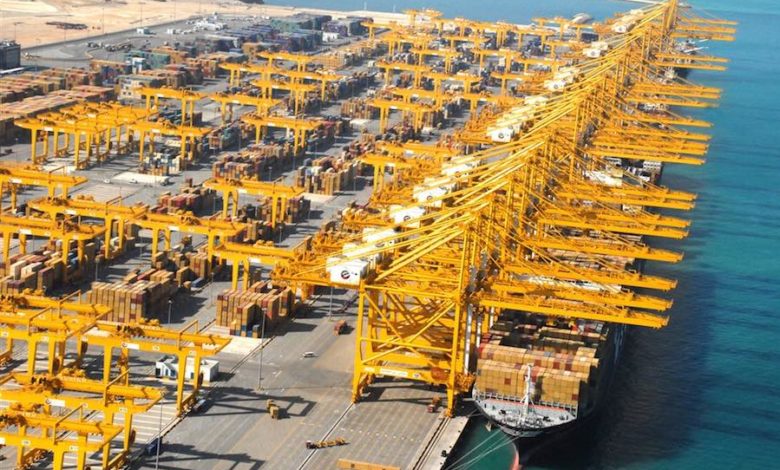Crane failures – ongoing issues and mitigation

Chris Dyson and Lorne Gifford from Brookes Bell Group look at the potential causes and impacts of crane collapses.
In recent weeks, there have been a number of high profile crane failures making the news; there have been incidents in Dubai, South Korea, and most recently, in Falmouth in the UK. These incidents have been covered not only by the maritime press, but also the international media. As we have seen, these failures can have a dramatic and costly impact on terminals, ship owners, operators, stevedores, seafarers and shore personnel.
Ship to shore container cranes are one of the more frequent items damaged during berthing. Designed to perform a single job as rapidly and efficiently as possible, the biggest can lift pairs of 40-foot containers and place them with centimetre accuracy on the far side of the largest vessel in under two minutes. A hundred-tonne lift is no problem at all, but a seemingly gentle nudge from the flared bow or overhanging stern of a vessel can collapse two thousand tonnes of steel and close or disrupt a berth or terminal for months. Contacts like this are calculated using energy equations, which allow some interesting comparisons to be drawn. The impact force of a large container ship manoeuvring at less than walking speed, for example, can be compared to that of an artillery shell. Whilst a reinforced concrete quayside can absorb this force, a crane cannot.
When a crane fails, many elements can combine to determine the severity of the incident. This does not just include the upfront cost of the damage, but also the impact of injuries or fatalities caused by the incident, as well as the costs and time lost as a result of the crane being taken out of service while an investigation takes place and repairs are completed. Crane failures can also cause downtime both for vessels and for port berths; for example, if a crane is out of service on a vessel, then owners can incur additional costs because the cargo gear is no longer as described in the charter party, and the ship cannot fully comply with its contractual specification. Within a terminal, whilst the loss of use of a damaged crane is itself immediate and obvious, additional costs may also be incurred due to restricted working and the inability to alter the distribution of required cranes along the quayside, to either side of the immobilised unit.
These consequences, as well as other factors unique to each case, mean that whether a crane failure is initially perceived as a large or small matter it can, and often does, quickly escalate when the impacts of the incident are fully evaluated and assessed. While there are a lot of commonalities between crane failure cases, each case is unique and demands a best practice approach to the investigation, combining theoretical analysis and a practical assessment of the scene.
In many of the cases that Brookes Bell has investigated, ship’s cranes have been neglected during a vessel’s on-board maintenance regime, and not given the priority they deserve as a highly complex piece of machinery. Unlike a vessel’s main engine, which needs to be kept in full working order to maintain propulsion, a vessel’s crane is only required at specific times, during loading and unloading at port. Unfortunately, it is during loading and unloading that crane failures are most likely to take place, often risking damaging the vessel and nearby port infrastructure, as well as risking the lives of the ship’s crew and stevedores, making such failures high consequence.
Although a ship’s crane is not in use at sea, its ropes and other elements can still be subject to degradation caused by the marine environment, which can eventually lead to failures. To minimise the risk of this, ship owners and operators should follow a planned maintenance regime for the inspection and care of cranes, and should adhere to the requirements set out. Cranes must be given the same priority as any other piece of machinery, whether it is in use all of the time or infrequently.
For shore cranes, damage to critical components may not be immediately obvious by means of external examination, for example at mechanisms required for long travel along shore rails. However, the abnormal loading imposed during the course of an incident will necessitate further investigation and assessment. The time and cost for such work must be measured and assessed in terms of the lead time for replacement components and the expense of business interruption. It may be the case that to mitigate losses, it is more financially efficient to place orders for such critical components at an early stage, the lead time for which can often be significant.
By their nature, ship to shore cranes must be in close proximity to the quayside and therefore to berthing vessels. Whilst operational procedures at the terminal can reduce the risk of contact incidents, there will always be the possibility of crane damage, which heightens the importance of the berthing and sailing procedures adopted. If a shore crane incident occurs, both commercial and technical motivators have to be considered in parallel to satisfactorily mitigate the losses incurred.
